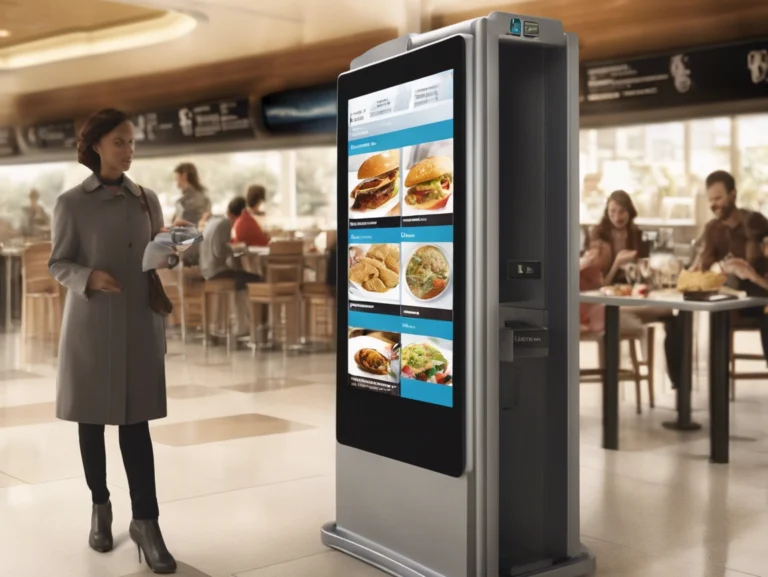There is a good chance that at some point this year you have interacted with a kiosk in order to perform a specific function. Do any of these scenarios below apply to you?
- Used a kiosk to print or scan your tickets at a movie theatre
- Ordered food at a restaurant using a fixed touch screen device
- Used a machine to pay for parking
- Scanned a product in-aisle at a retail store to get more information
- Used a kiosk to check-in at an airport or hotel
If so, then there is a good chance you were interacting with an Android Device in Kiosk mode. Optimize your enterprise devices with Kiosk Mode – Schedule a strategy session!

As organizations continue to shift employees to focus on high priority tasks and customer engagement, the ease of use for Kiosk devices have found their way into our day-to-day lives. Kiosks are becoming increasingly important for businesses, as they allow enterprises to provide single-use devices to mobile field workers and customers. A single-use device can be used for things like data entry, payment collection, and advertisement display.
Leverage Android Kiosk Mode for your enterprise – Contact Bluefletch for solutions!
Android Kiosk Mode For Enterprises
Android devices can be turned into Kiosk by configuring them as a dedicated device (formerly called Corporate-Owned Single-Use or COSU). These devices could be left unattended and/or used for critical tasks, so these devices are fully managed to prevent misuse.
Fully managed devices are owned by the company and only used for work purposes. There are two ways Android Kiosk devices are deployed to the field.
Employee-Facing
Android provides a set of APIs that allow IT admins to lock down enterprise devices to a whitelist set of applications that can run in full-screen (application pinning), which keeps the user from closing or switching to another application. These devices are typically shared between users after a given shift and there is no personal/work profile separation for dedicated device policies. Retail store associates, warehouse workers, field technicians, and delivery workers are the types of employees that would use a dedicated Android Kiosk device with a whitelisted set of applications.

Customer-Facing
A dedicated customer-facing Android device is typically what we would think of as a traditional Kiosk. Android’s APIs allow a device to pin an application in full-screen mode and provide lockdown options to the IT admin to enforce, such as:
- A single application in full-screen mode
- Blocking all paths to settings
- Disabling status bar
- Hiding Home and Recent App buttons
- Turning off incoming calls
- Always awake device
- Disable automatic over-the-air (OTA) updates
Because these devices are left unattended and are used by an untrained user base, locking down the device is crucial. Without having the lockdown APIs available in Android, the device could be left in an unusable state or used for nefarious reasons. All of which are missed opportunities for engagement or business activity.
Enhance security and focus with Android Kiosk Mode – Consult Bluefletch experts now!
Key Takeaways
As organizations continue to leverage mobile technology, Android Kiosks will continue to play a role in modernizing the way we work and interact with brands as customers. Android holds more than 75% of the global market share and given its ease of use, level of customization, and support from OEMs, Android devices have become the enterprise mobility standard.
Stay tuned for my next post on how advanced Android Kiosk features are allowing field workers to leverage NFC for Android Login and Single Sign-On (SSO). Check out our SSO guide here!
